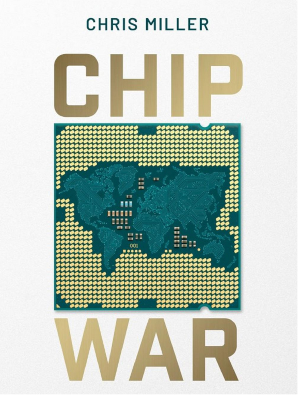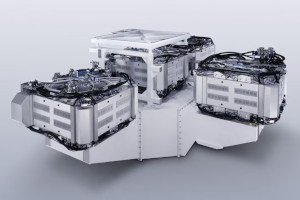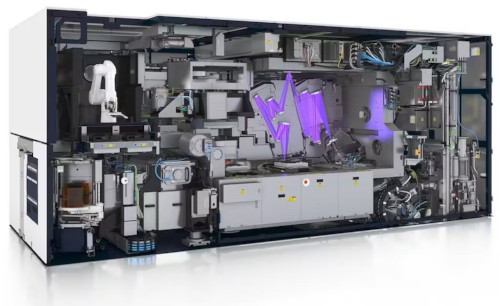
Chip War
By Chris Miller
Score: 5/5
I've finished reading Chris Miller's Chip War, the history of the semiconductor industry. This is one of the best books I've read for a long time. It is much more than just a history though.
Semiconductors are a (perhaps the) foundation of modern life and are now present in almost everything manufactured, not just computer processors (CPU's). Also chips for networking (including wifi), communications, manufacturing, medical, power. And weapon systems.
So from the physics, to the engineering, manufacturing, supply chains and logistics, we have an essential technology, globalised and now wrapped up in "Great Power" competition. The book is almost up to date and climaxes with the US/China rupture over trade and technology, with the US now awake to the Chinese threat to their continued technological domination. It is almost gripping.
The technology now used to create these devices is breathtaking. Arthur C. Clarke's said :
Any sufficiently advanced technology is indistinguishable from magic
Reading this book, particularly the chapter on the Extreme Ultraviolet (EUV) Lithography process, brought this old quote to mind on a few occasions. The world is full of "magical" technology today but we barely recognise it as such because we are so used to it.
One scientist called the development of EUV as "what felt like infinite money for solving an impossible problem". This research had been going on for decades and some people didn't think it was actually possible. The scale of the latest transistors (the building block of everything) was getting so small (tens of nanometres (nm)) that the wavelength of light needed to "etch" them was also getting so tiny that quantum effects can cause problems. Some very advanced science is needed today at the cutting edge.
For instance: just producing the light needed for the process now is very difficult. This development originated with a US company called Cymer; experts in laser light sources. From the book :
The company's engineers realised the best approach was to shoot a tiny ball of tin measuring thirty-millionths of a meter wide moving through a vacuum at speeds of around two hundred miles per hour. The tin is then struck twice with a laser, the first pulse to warm it up, the second to blast it into a plasma with a temperature around half a million degrees, many times hotter than the surface of the sun. This process of blasting tin is then repeated fifty-thousand times per second to produce EUV light in the quantities necessary to fabricate chips.
Approaching magic? Well, we're certainly getting close.

This laser had to be designed and built: it didn't exist. This in itself is a marvel of engineering. The people that built it: a German company called Trumpf. Their web site includes a picture of this (shown on the right).
The actual EUV machine itself is built by a Dutch company called ASML. The technology involved is well described on their own page. It is one of the most complex machines ever built and not only very expensive (we are talking hundreds of millions dollars) but increasingly wrapped up in the new hard rules on export imposed by the US.
Below: The ASML EUV Lithography system :

Although the likes of the Taiwan Semiconductor Manufacturing Company (TSMC) are the undisputed kings of silicon chip fabrication in 2023 (and this is unlikely to change in the near or even medium term), the USA still has a huge amount of leverage over the industry and many chip "choke" points. The dilemma is that Taiwan, like South Korea and Holland, are allies of the US, so to target China or claw back manufacturing onshore, means treading a very fine line.
The consequences of a Chinese war for Taiwan would likely be absolutely disastrous for the world due to the impact on the the silicon chip supply. Not just logic chips, but memory and NAND (flash) as well. A severe impact which will affect everyone very badly. This is a dangerous piece of history playing out right now, and as Miller says in the book, Taiwan is the "beating heart of the digital world".
Great book.



